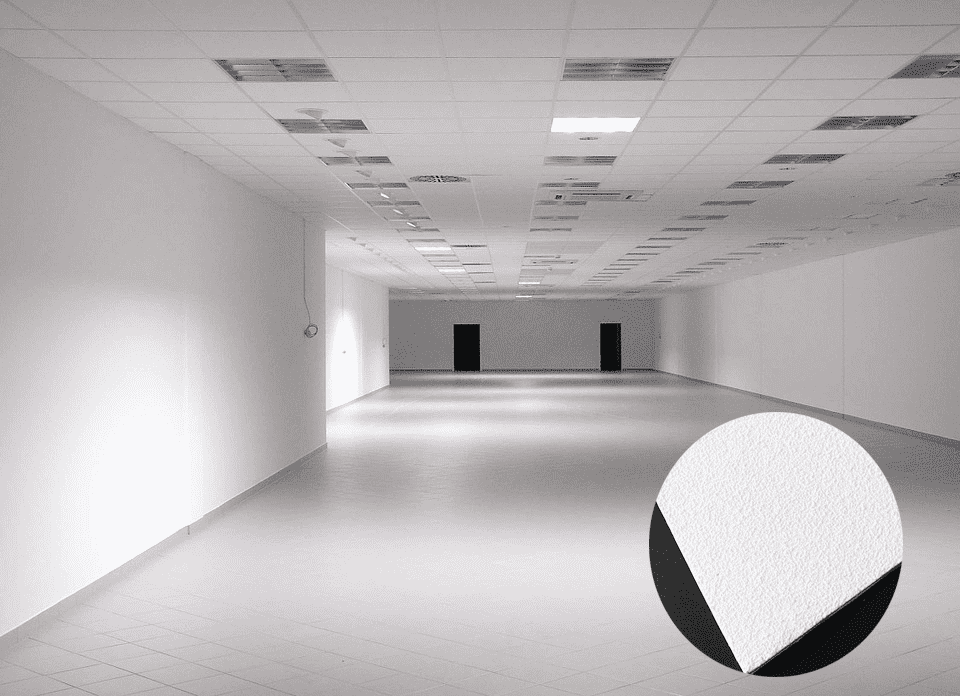The noise reduction coefficient (usually referred to as NRC) is a single numerical range of 0.0-1.0, which describes the average sound absorption performance of the material. The noise reduction coefficient is the average of the Sabine sound absorption coefficient measured at 250, 500, 1000, and 2000 Hz.
A value of 0.0 means that the object does not attenuate mid-frequency sound, but reflects sound energy. This is more conceptual than physically achievable: even very thick concrete walls will attenuate the sound, and the noise reduction coefficient may be 0.05.
On the contrary, a noise reduction coefficient of 1.0 means that the acoustic surface area (in sabin as the unit) provided by the material is equal to its physical two-dimensional surface area. This grade is a common material for thicker porous sound-absorbing materials (such as a 2-inch thick fabric-wrapped fiberglass panel). This material can achieve a noise reduction coefficient value greater than 1.00. This is a flaw in the test procedure, and it is a limitation of the acoustician’s definition of a square unit rather than a characteristic of the material itself.
The noise reduction factor is most commonly used to evaluate the general acoustic performance of acoustic ceilings, partitions, banners, office screens, and acoustic wall panels. Sometimes used to evaluate the coverage of the floor. However, noise reduction is only noise reduction, which can effectively reduce the impact of noise on people, but it cannot completely muffle the sound. It is still necessary to find professional sound-absorbing materials.
So what are the high NRC sound-absorbing materials? Mineral fiber ceiling board and fiberglass board are better materials for sound absorption and noise reduction. The nrc of mineral fiber board is generally about 0.5, and the nrc of fiberglass board can reach 0.9-1.0. We could install suitable ceiling materials according to different environments.
Post time: Sep-01-2021







